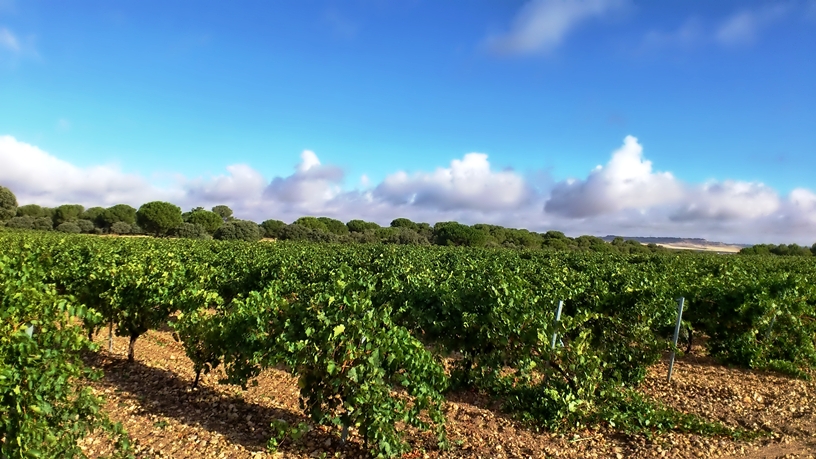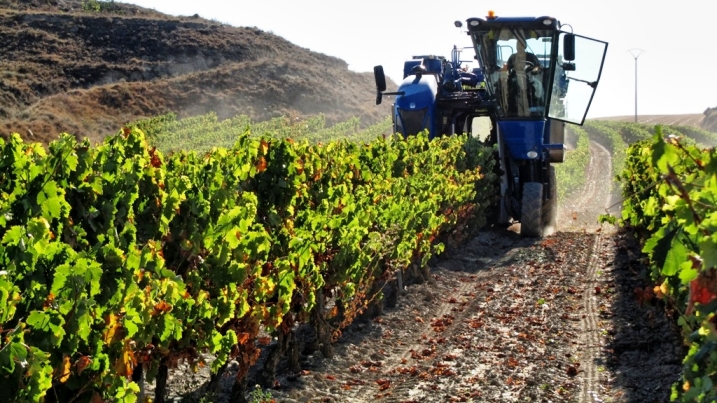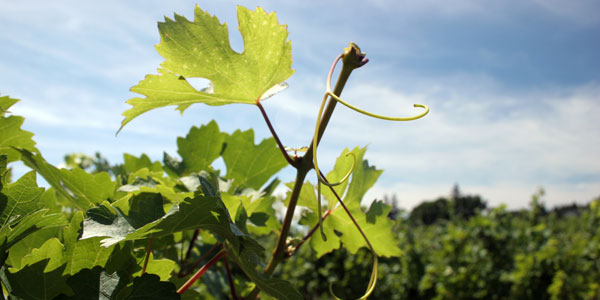 Spain’s exciting white wine region, Rueda, has burst onto wine scene with deliciously fresh and fruity dry white wines predominantly from the region’s star grape Verdejo.
Spain’s exciting white wine region, Rueda, has burst onto wine scene with deliciously fresh and fruity dry white wines predominantly from the region’s star grape Verdejo.
A white wine of great character, it’s ironic that Rueda is in the high plateau directly between two of Spain’s most famous red wine regions: Ribera del Duero and Toro.
Rueda has been known for making wine since the 11th century, and such wines would have been enjoyed by Fernando and Isabel, as they unified Spain in 1492 and made their capital in this region. Their patronage, and the important cities of Segovia and Valladolid, have made Rueda a key part of Spanish history and culture for centuries. Virtually every house in Rueda had a wine cellar, and grapes and wine were as much a part of life as bread and Catholicism!
But in the last twenty-five years a revolution in Rueda has changed the style of the wines, and brought the region to the attention of the world’s wine connoisseurs. A reverence for the indigenous variety, Verdejo, has been combined with modern equipment and winemaking techniques to make Rueda one of Spain’s most cutting edge wine producing regions. Much of the harvest is done at night and every step of the winegrowing and winemaking process includes careful handling so that oxidation of the grapes is avoided. As a result, the Rueda Denomination of Origin (D.O. Rueda) was the first quality region to be approved by Spain’s Ministry of Agriculture for the larger Castilla y Leon region.
All well and good, but what about the wines? Verdejo is a fascinating grape (the Rueda Characyer) with great freshness and acidity balanced with rich body and notes of citrus, minerality, and melon. You may think of Spain as a classic Mediterranean country, but this high plateau is a classic continental climate with long cold winters, short springs, and hot summers. These high elevations, between 2500 and 3000 feet) allow the late maturing Verdejo grape to develop deep aromas and flavors. The result is a climate that makes dry, fresh wines with real character and brightness.
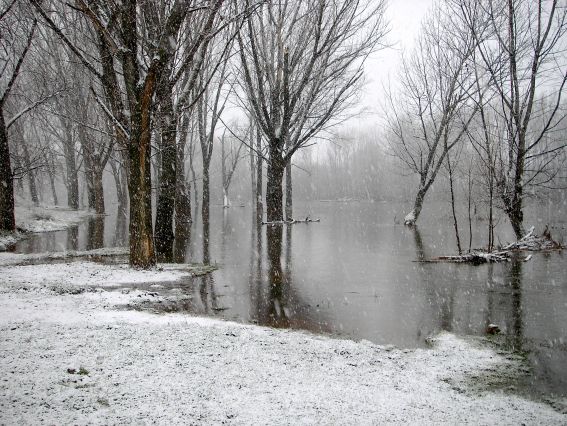
Many producers in the region combine the native Verdejo with small amounts of Viura or Sauvignon Blanc into their blend for added complexity. How do you know what’s in the bottle? If the Label says Verdejo, the wine has to be at least 85% Verdejo—although many are truly 100% of the native grape. If the Label says Rueda (without Verdejo on the front label), the wine has to be at least 50% verdejo, and there is often sauvignon blanc and/or viura blended in.
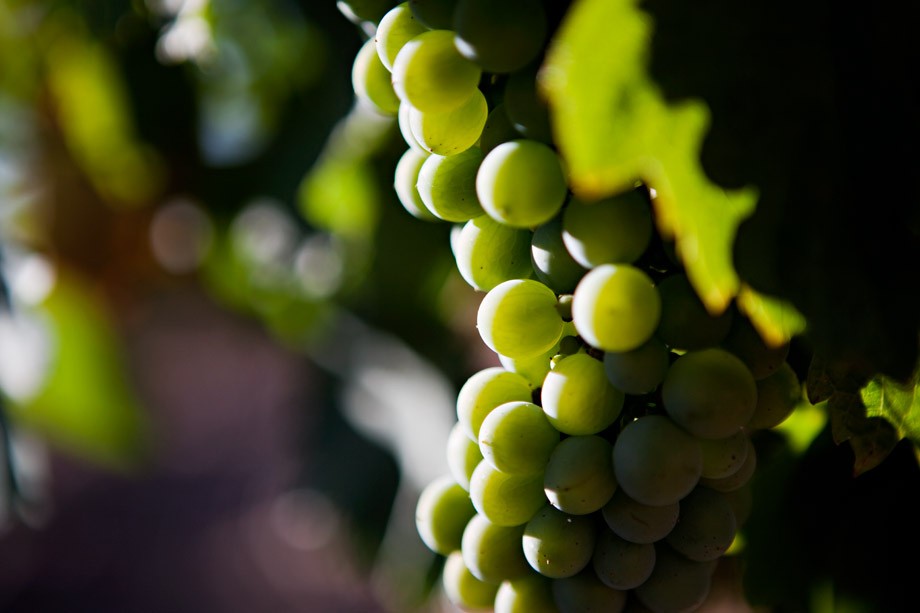
These crisp white wines from the high plains of Spain are perfect with the fresher, lighter cuisine of today, and match well with everything from sushi and calamari to the traditional roast suckling pig of Old Castille.

